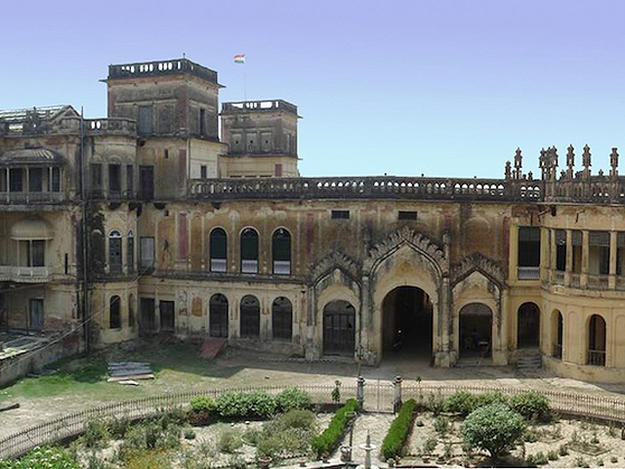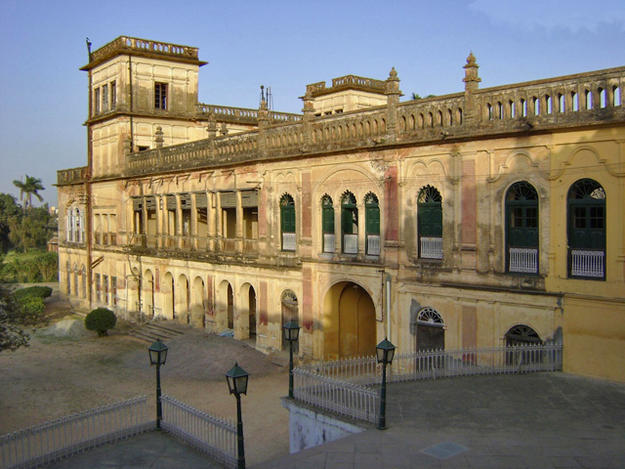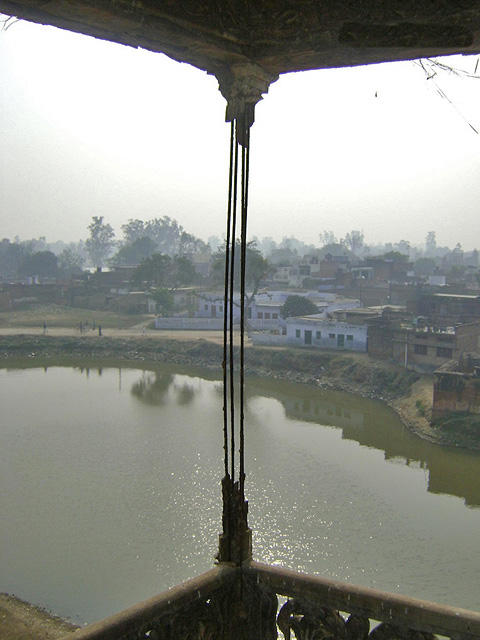Kothi, Qila Mahmudabad
2010 World Mouments Watch
The Mahmudabad Estate was founded in 1677 by Raja Mahmud Khan, a descendant of the first caliph of Islam. The Kothi, or palace, is part of a 20-acre complex called the Qila, or fort. The Kothi is a leading example of Awadh palace architecture, and served as an important administrative and residential complex for rulers of Mahmudabad throughout the Mughal period and subsequently during the British colonial era. It played an important role during the First War of Independence in 1857, at which time the Kothi was completely destroyed by the British. The building was reconstructed immediately thereafter, using the original plinth. Today the Kothi serves as an important religious and cultural center. It is the traditional venue of many majlises and processions, and the site also boasts one of the best libraries in the Urdu and Arabic languages, and hosts scholars of literature, art, and poetry. The tremendous size of the Kothi itself, 67,650 square feet (6,285 square meters), makes conservation an unwieldy task. Portions of the building have been unused for 50 years, and the combination of neglect, aging, and seismic damage further compounds these challenges. This site is emblematic of the plight of many still privately owned 18th- and 19th-century palaces, for which the size and scale of problems preclude upkeep.



